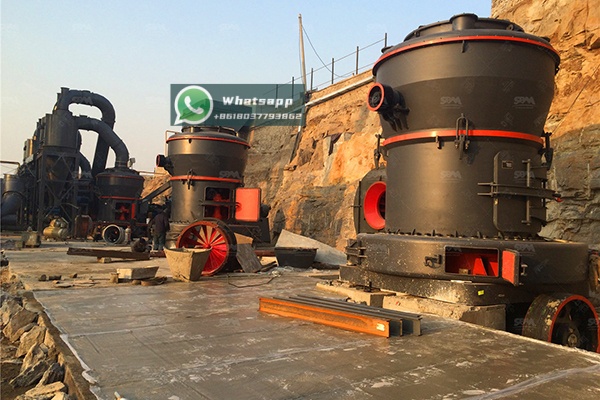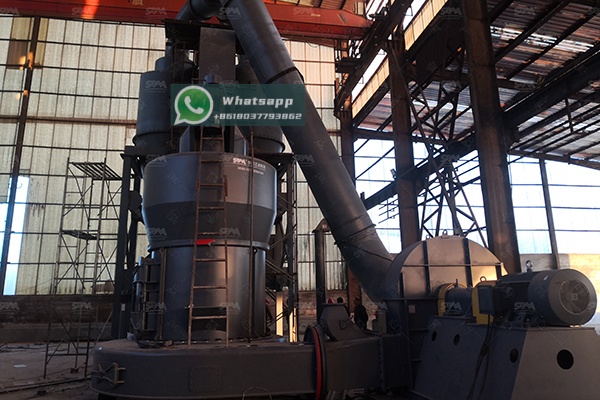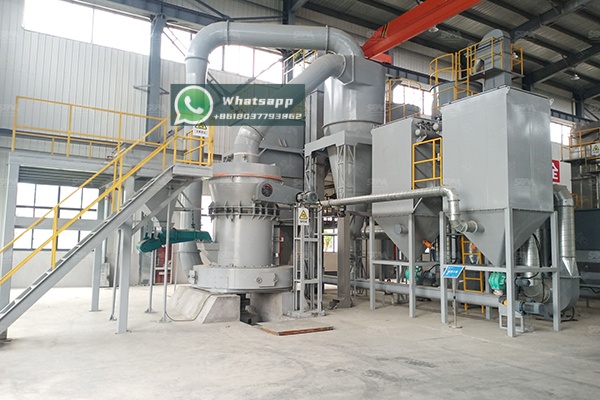The chemical and industrial filler market represents one of the most demanding and quality-conscious sectors for processed minerals. Within this landscape, limestone stands as a cornerstone material, prized for its whiteness, low cost, and chemical stability. The transformation of raw limestone into high-value fillers for plastics, paints, rubber, and adhesives is a precise science, heavily dependent on the grinding technology employed. Among the various milling solutions available, the Raymond Mill has proven to be an exceptionally reliable and efficient workhorse for producing fine limestone powders.

Industrial fillers are not merely inert substances used to bulk up a product; they are engineered components that enhance specific properties. Limestone (CaCO3), when ground to precise particle sizes, improves mechanical strength, dimensional stability, opacity, and surface finish in end-products. The key performance indicators for filler-grade limestone include:
Meeting these stringent specifications requires a grinding mill that offers not just fineness, but also consistency, reliability, and economic efficiency.
The traditional Raymond Mill, a pendulum roller mill design, has evolved significantly from its original form. Modern Raymond Mills, such as those engineered by Shanghai Zenith Machinery Co., Ltd., incorporate advanced technological features that make them ideally suited for the filler market.
The grinding principle involves rollers swinging outward and pressing against a grinding ring under centrifugal force. The limestone is fed into the grinding chamber and is pulverized between the rollers and the ring. A built-in classifier immediately separates the fine powder, which is collected as product, while the coarse material is returned for further grinding. This closed-circuit system ensures high efficiency and precise control over the final product fineness.
Key advantages for limestone filler production include:

Shanghai Zenith Machinery Co., Ltd., an excellent manufacturer of ore grinding equipment in China, has made great achievements in the field of ultra-fine powder grinding. With deep specialization in the research, development, and production of industrial powder grinding equipment, Zenith offers a range of mills to meet every need. For standard to fine grinding of limestone for fillers, their upgraded Raymond Mill series stands out.
Zenith’s Raymond Mill is engineered for energy saving and environmental protection. It offers high grinding efficiency, lower energy consumption, and high economic profits, making it a perfect fit for high-volume filler production plants. Below are the technical parameters for several models, demonstrating their capability to handle various production requirements.
| Model | Roller Quantity (pcs) | Max.Feed Size (mm) | Discharging Size (mm) | Capacity (t/h) |
|---|---|---|---|---|
| YGM8314 | 3 | 20 | 1.6-0.045 | 1.2-4.6 |
| YGM9517 | 4 | 25 | 1.6-0.045 | 2.1-8 |
| YGM4121 | 5 | 30 | 1.6-0.045 | 5-11 |
For producers aiming for higher capacity or even finer products, Zenith’s MTM Medium-Speed Grinding Mill serves as an ideal upgrade. It adopts world-leading powder processing technology and is a superior substitute for traditional Raymond Mills, featuring an upgraded structure, higher efficiency, and energy-saving production. The MTM160 model, for example, can handle up to 22 tons per hour with a main motor power of 132 kW, offering an excellent balance of output and energy consumption for large-scale filler operations.
Consider a paint manufacturer requiring a consistent supply of 10 tons per hour of 200-mesh limestone filler. A Zenith YGM4121 Raymond Mill would be a suitable candidate. Its capacity range of 5-11 t/h places the target output well within its operational window. The mill’s ability to produce powder in the range of 1.6-0.045mm (approximately 10-325 mesh) allows the operator to precisely dial in the 200-mesh (74μm) specification. The robust construction with 5 rollers ensures stable operation and consistent product quality, which is non-negotiable for the paint industry.
The alternative of installing a ball mill for this duty would likely involve a higher initial cost, a more complex system with higher maintenance (grinding media replacement), and potentially less precise control over the top cut of the product without an external, high-efficiency classifier.

In the competitive and specification-driven chemical and industrial filler market, the choice of grinding equipment is a strategic decision. The Raymond Mill, particularly the advanced models from manufacturers like Shanghai Zenith Machinery Co., Ltd., continues to be a technology of choice for processing limestone. Its proven design, operational efficiency, precise control over product fineness, and economic viability make it an indispensable tool for producing high-quality limestone fillers. For any enterprise looking to establish or upgrade its filler production capabilities, investing in a modern Raymond Mill from a reputable provider like Zenith is a step towards ensuring product quality, cost-effectiveness, and long-term market competitiveness.